A new book explores the New York jeweler’s rise to the high-end household name it has become today.
How did a New York purveyor of fancy goods become a global design source for elegant jewels and coveted accessories? In Tiffany & Co.: Vision and Virtuosity, author Vivienne Becker reveals the steps that led the company to attract not only a coterie of New York’s social elite, but international recognition.
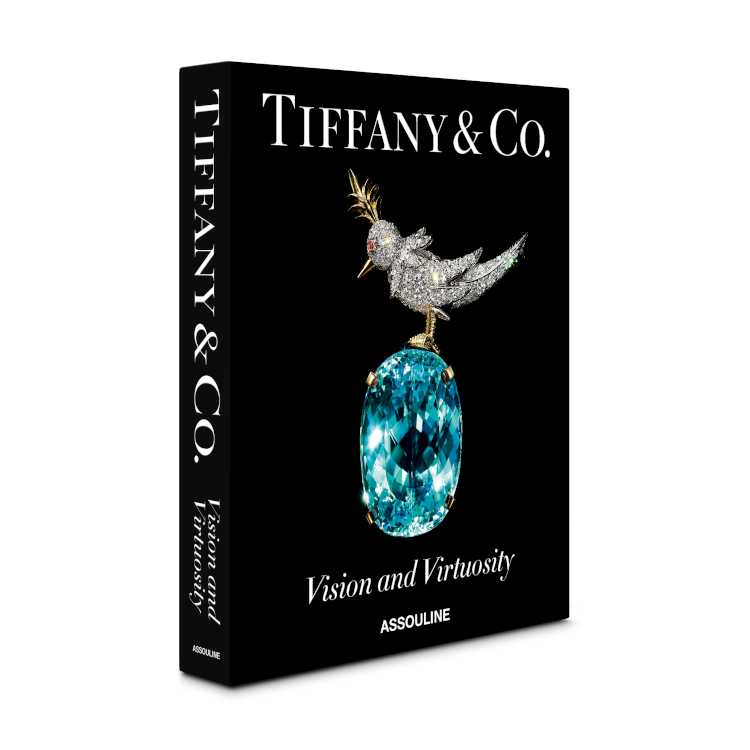
Becker, a jewelry historian, wrote the volume as a companion to the recent “Vision and Virtuosity” exhibition at London’s Saatchi Gallery. The book’s lush assortment of illustrations presents dazzling close-ups of Tiffany’s iconic jewels. Amplifying those is a trove of behind-the-scenes archival material, including manufacturing cards, ads, and photos of celebrities wearing the brand’s creations. There are also pages from the script of Breakfast at Tiffany’s and shots of the film’s stars, Audrey Hepburn and George Peppard, with director Blake Edwards at the jeweler’s flagship New York store.
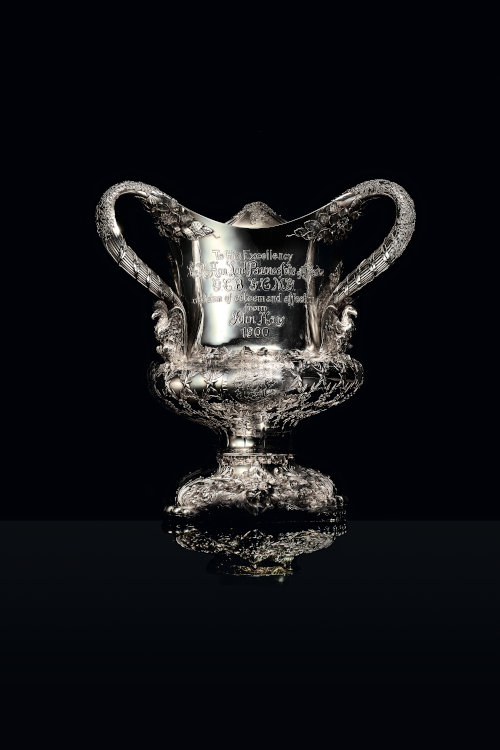
An eye for business
Becker chronicles the company’s journey from its founding by Charles Lewis Tiffany in 1837, crediting his astute marketing decisions with the company’s future success. Building a clientele of the Gilded Age’s glitterati — nouveau riche, society elite, railroad tycoons and financiers — he brought “Parisian elegance to New York City in the late 1830s,” writes Becker.
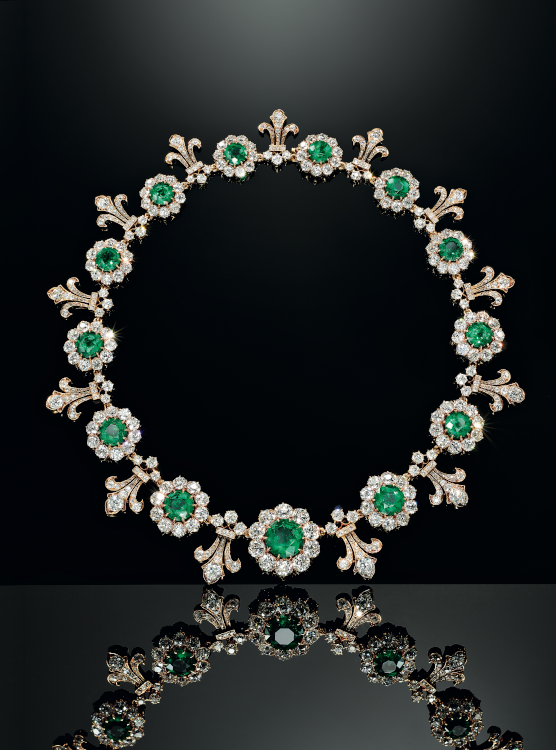
A consummate businessman, he understood what she describes as the “theater of display and its role in amplifying the emotional quality of the jewelry purchase.” By 1860, the store at 550 Broadway featured windows designed to attract crowds. The concept carried on through the decades, getting reinforcement in the 1950s from Gene Moore, whom Tiffany chairman Walter Hoving hired to design the windows of the Fifth Avenue store. Hoving gave him complete freedom, with one caveat: He was “not to try to sell anything,” Becker writes. Moore, who worked for Tiffany & Co. for 39 years, created over 5,000 displays showing the jewelry “out of context,” as the book illustrates with both watercolor renderings and photos. He mixed “mundane with the magnificent, reality and fantasy, the commonplace with the miraculous” in order to “arouse emotions,” relates the author.

Creative growth
Charles Lewis Tiffany used other tools to grow the business, including the iconic Tiffany Blue Box and the Blue Book catalog, both in use by the mid-1870s. He introduced the company to the global stage by participating in world’s fairs and international exhibitions. The brand started taking more commissions for presentation silverware, housewares, and accessories, all of which became must-have objects for prominent New Yorkers.
The Tiffany founder also saw potential in promoting the diamond solitaire as an engagement ring. In 1886, the company introduced the Tiffany setting: a six-prong, open setting that turned the focus on the stone, allowing maximum light to highlight its brilliance and magnify its size.
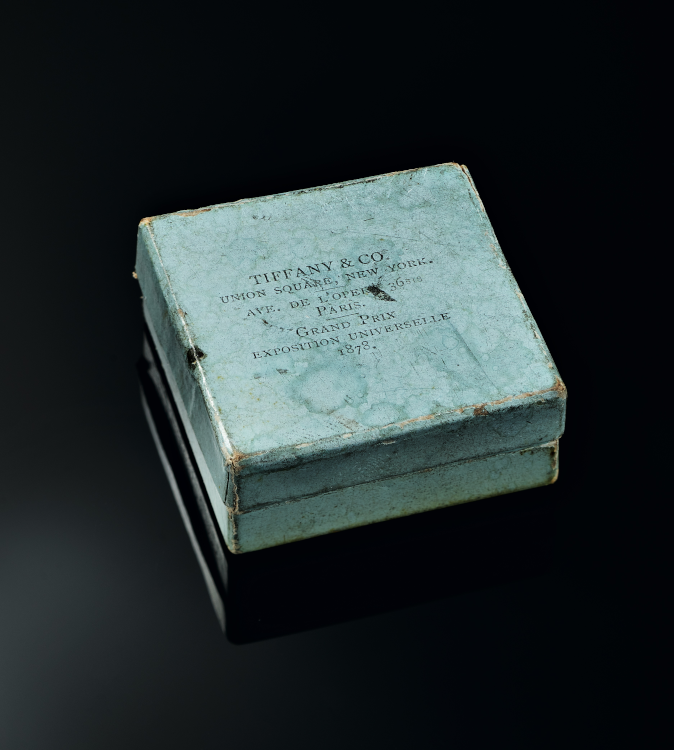
But it was in crafting its own designs that Tiffany evolved its “distinctive home-grown American style,” says Becker. Creations by Edward Moore and Paulding Farnham helped it win awards and international recognition. Louis Comfort Tiffany, who became the company’s first art director in 1902, introduced the concept of the “art jewel.” Through the years, the “name” designers the company hired brought their own sense of style, and those names — Jean Schlumberger, Donald Claflin, Angela Cummings, Elsa Peretti, Paloma Picasso — are now part of Tiffany’s history.
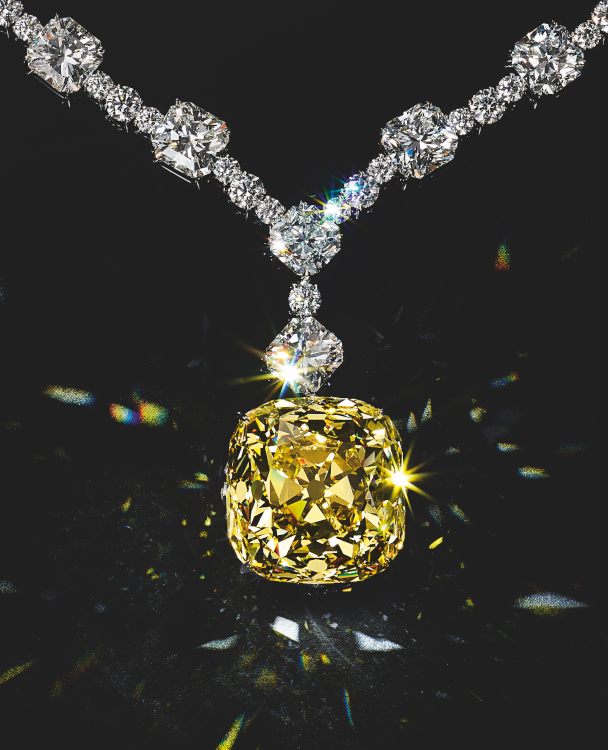
Royal and exotic stones
In 1848, when French aristocrats were selling their jewels and diamonds for “ready cash,” Tiffany was able to take advantage of the political upheaval there, Becker recounts in the book. The noble provenance of these gems made them coveted items for the company’s eager customers. In 1850, Tiffany opened an office in Paris, and in May of 1887, it was the “biggest buyer” at the auction of the French crown jewels. It acquired almost one-third of the 69 lots, helping to establish “Tiffany’s reputation as the most prestigious purveyor of important, historic royal and noble diamonds,” the author writes.
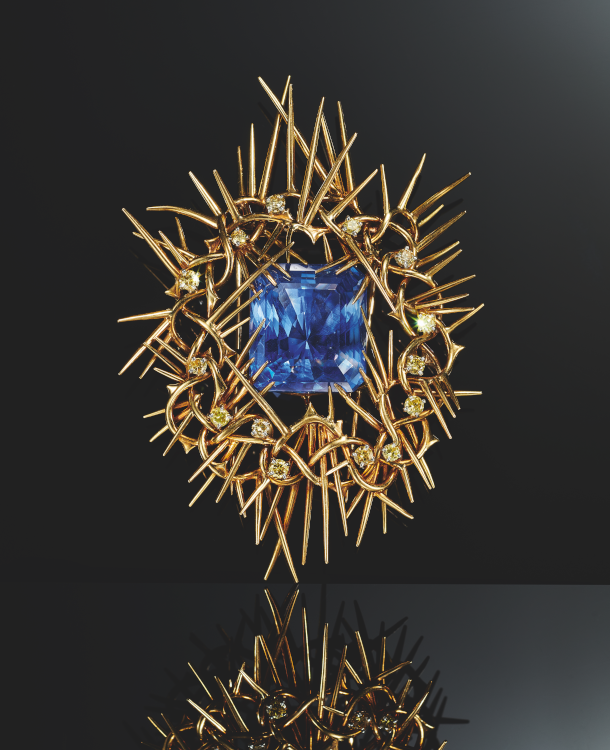
It continued to seek out gems of distinction. In 1878, it purchased what became known as the Tiffany diamond, a 287.42-carat, yellow South African rough from the Kimberley deposit. After cutting, the 128.54-carat cushion brilliant featured a distinctive 82 facets — 24 more than the traditional 58. Supervising the process was George Frederick Kunz, who had become Tiffany’s chief gemologist and vice president in 1879 at just 23 years old. Kunz traveled the world, helping the company find and introduce unusual colored gems such as kunzite, morganite, tanzanite and tsavorite. He also explored native American gems, including Montana sapphires and Mississippi River pearls.
Tiffany & Co.’s creative journey, sums up Becker, represents “an exciting tension between past and present, tradition and modernity, aspirational and accessible.”
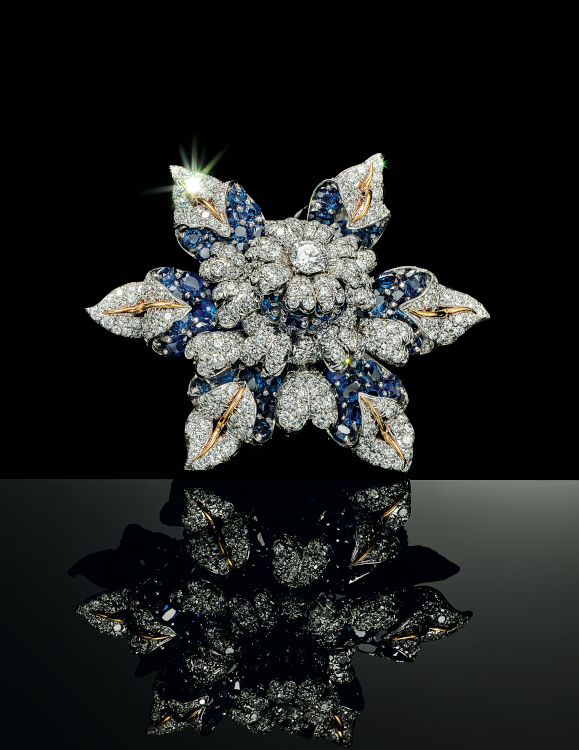
Main image: Detail of the Trophée de Vaillance clip, designed by Jean Schlumberger, 1941. (Tiffany & Co./Thomas Milewski)


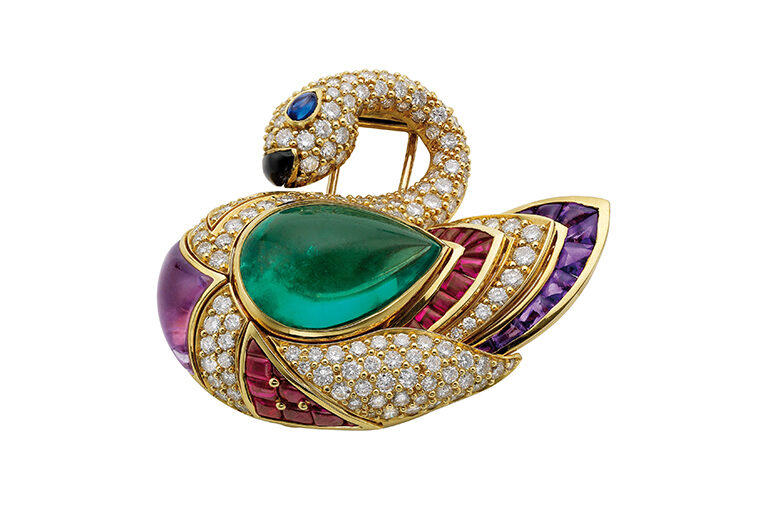
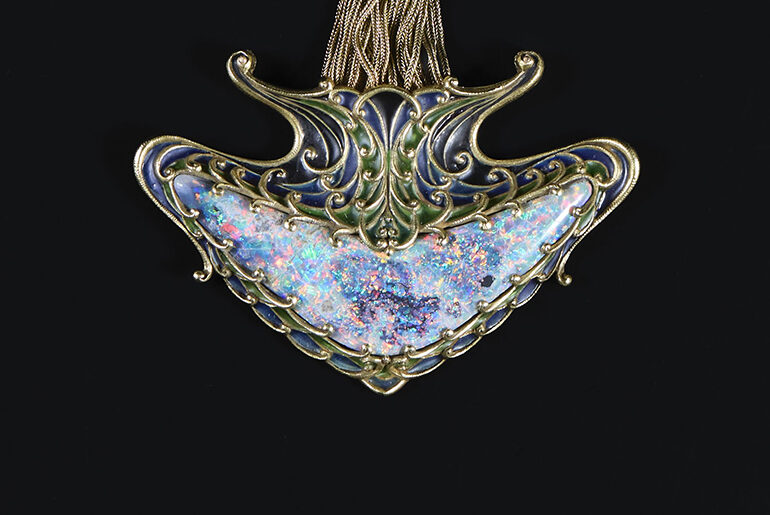

18 Comments
After study just a few of the blog posts in your web site now, and I actually like your manner of blogging. I bookmarked it to my bookmark web site list and will be checking again soon. Pls try my web page as well and let me know what you think.
Waiting patiently for you to come home and fuck me! https://bit.ly/3UKFVxa
Great post. I am facing a couple of these problems.
Heya i am for the first time here. I came across this board and I find It really useful & it helped me out much. I hope to give something back and help others like you aided me.
What i do not realize is in reality how you are now not actually much more well-preferred than you may be right now. You’re very intelligent. You know therefore significantly in relation to this topic, made me individually believe it from so many various angles. Its like men and women are not interested unless it is something to accomplish with Girl gaga! Your own stuffs nice. All the time care for it up!
Definitely believe that which you stated. Your favorite reason seemed to be on the internet the easiest thing to be aware of. I say to you, I certainly get irked while people consider worries that they just don’t know about. You managed to hit the nail upon the top and defined out the whole thing without having side effect , people can take a signal. Will probably be back to get more. Thanks
Hello, Neat post. There is a problem with your site in internet explorer, could test this?K IE nonetheless is the market leader and a large portion of other people will omit your great writing due to this problem.
fantastic points altogether, you simply received a logo new reader. What might you recommend about your publish that you simply made a few days ago? Any sure?
What i don’t realize is in truth how you’re now not actually much more neatly-favored than you might be right now. You are so intelligent. You recognize thus considerably with regards to this subject, made me individually consider it from numerous varied angles. Its like women and men are not fascinated until it¦s one thing to accomplish with Lady gaga! Your personal stuffs outstanding. Always take care of it up!
Its fantastic as your other articles : D, appreciate it for posting.
Real good visual appeal on this internet site, I’d rate it 10 10.
Good day! This post couldn’t be written any better! Reading through this post reminds me of my previous room mate! He always kept chatting about this. I will forward this post to him. Fairly certain he will have a good read. Thank you for sharing!
You have brought up a very wonderful points, thanks for the post.
whoah this blog is fantastic i love reading your articles. Keep up the good work! You know, lots of people are hunting around for this info, you could aid them greatly.
My partner and I stumbled over here by a different web address and thought I should check things out. I like what I see so now i’m following you. Look forward to looking at your web page again.
I’ve been absent for some time, but now I remember why I used to love this website. Thank you, I will try and check back more often. How frequently you update your site?
I found your blog website on google and verify a couple of of your early posts. Proceed to keep up the superb operate. I just extra up your RSS feed to my MSN Information Reader. Looking for forward to reading more from you in a while!?
I just couldn’t depart your site before suggesting that I extremely enjoyed the standard information a person provide for your visitors? Is gonna be back often in order to check up on new posts